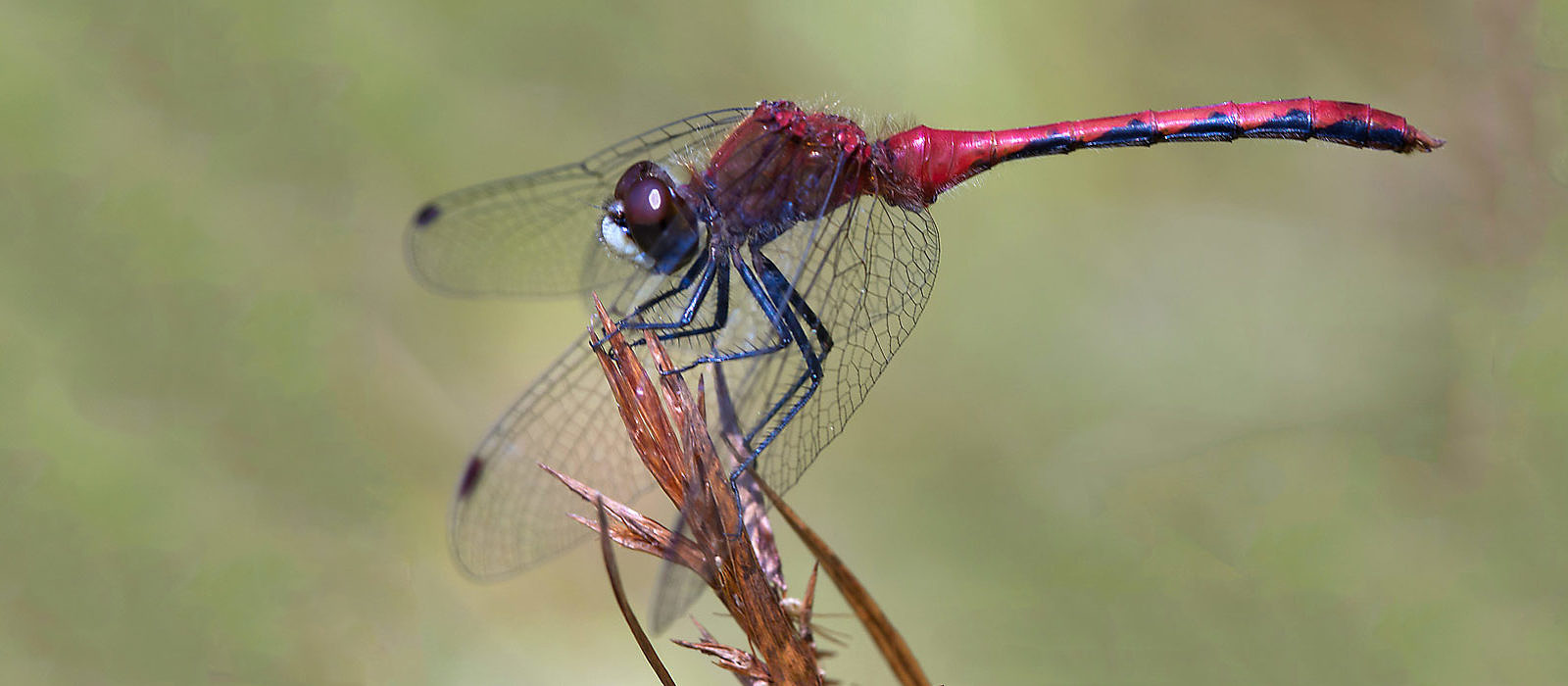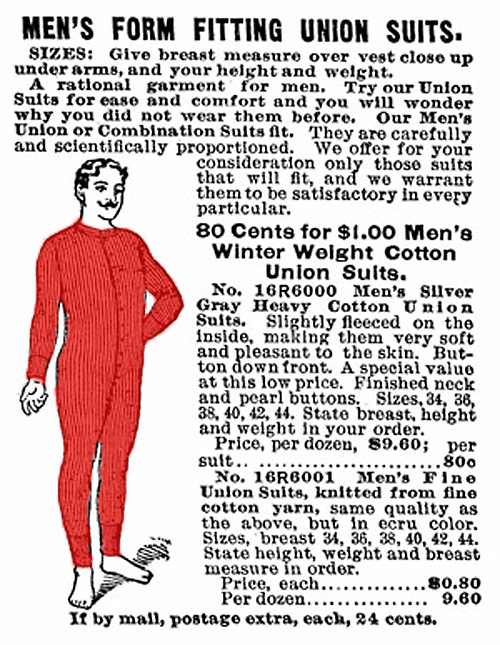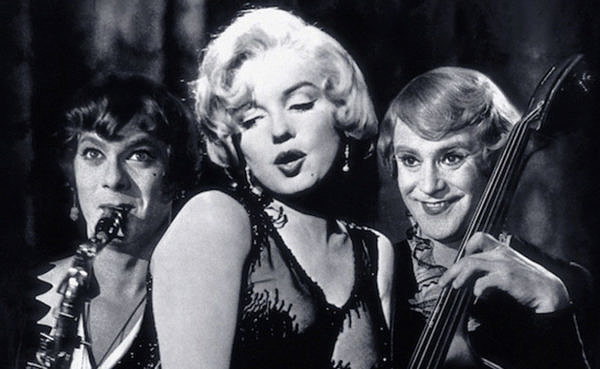
RED ALERT
Color and Gender Identity in a Dragonfly
If you live in North America, Europe or Asia, you are never far from a meadowhawk. These classic dragonflies of summertime, widespread and abundant, fly around, kill things, mate and pose in plain sight at ponds and, true to their name, in meadows. Fairly easy to recognize, female meadowhawks are straw yellow and males are cherry red.
Except when they’re not.
Sometimes males are yellow and females are red. And some of this color switching (or cross-dressing, if you will) amounts to a Shakespearean drama of sex, subterfuge and sexual identity. Here below is your explainer, including a short journey into some new and controversial ideas about sexual selection.
As it turns out, “sexual dimorphism” — the sexes of any organism appearing different — is hardly unusual. Scarlet Tanagers, for example, are a lot like these meadowhawks: male tanagers are red, females are yellow-green. It’s the way things are among some animals: males get the color and ornamentation to flash at females during courtship displays. Females are often cryptic in part so that they can bear the greater burden of reproduction without being found by predators. Or so the theory goes.
But one twist on this (among many) is that a male meadowhawk (and a male tanager, for that matter) begins life on the wing yellowish, like a female, before he turns red. It is a delayed onset of color that might serve nothing more than to help the male survive the risks of his youth. After all, freshly emerged dragonflies, soft and squishy and awkward in flight (we call them “tenerals”), are easy prey for birds (and even other dragonflies). When you’re soft and weak in the world, it helps to hide out for a while and not be so red — at least not yet.
During this yellow phase in a male meadowhawk’s life, he’s got time to toughen up before entering the arena of sex and warfare. He’s not growing larger this period, but rather girding for what dragonflies do: fly around, kill things and have sex. His tissue hardens. He becomes more experienced and agile in flight. His reproductive organs mature. And during this period, which might last a few days for a meadowhawk, he begins to change color. A similar transformation happens among females, but without the change in coloration. The rate of all this change is variable, depending on cloud cover, ambient temperature, food availability and, of course, a young adult dragonfly’s age, which is why you will find yellow and red male meadowhawks flying together in the same field.
The big question is whether this color change has evolved for any reason beyond survival of the young male. Among meadowhawks (and birds), it may figure in sexual encounters with females — even a dragonfly version of sexual identity. Let us explore.
Love and War
At the very least, we might assume that a male’s turning red allows a female to recognize that, yeah, this dude is man enough to make more meadowhawks. We often assume that to be the case among birds: a male in immature plumage won’t get the girl. But once the male has developed the obvious ornamentation of an adult, a female may deem him a survivor and therefore worthy of supplying half the genes in her offspring. If he’s red, he can be bred. It would seem to make sense among meadowhawks. After all, why would a female dragonfly, which like females of most species, bears a disproportionate burden of reproduction, mate with a yellow male who hasn’t proven himself to be a survivor who’s been around the block (or the meadow) a few times? Seems logical.
One potential problem with this hypothesis, however, is that I sometimes see females meadowhawks mating with yellow males. What’s that all about? Well, as it turns out, beyond the benefits of being cryptic in youth, a young and yellow male might have some advantage in the mating game. Here is where I turn for an explanation to Richard Prum, a friend of mine who happens to be an evolutionary biologist and, among his many other credentials, a MacArthur Fellow (which makes him a certified genius). Rick points out two potential benefits to a male delaying the development of his red coloration; each basically amounts to making love, not war.
One way to look at this would be to assume that a yellow male is mimicking a female. And that might actually allow him greater access to females for mating. As those blazing red males are off completing among themselves for turf or for their own access to females, the subordinate yellow male might more readily cavort with other females. Off the radar of those red males, the yellow male might get in for a quickie copulation. That crafty guy, er gal, er guy. We call this the “Sneaky Copulation Hypothesis.”
Another way to look it it would be that the delayed onset of a male’s red might help him avoid dust-ups with other males — a kind of feminine mimicry against aggression that Prum (a Red Sox fan) calls the “Bat Boy Hypothesis.” The yellow male gets to hang out, play the field, learn some tricks, watch the game — but not bear all the aggressions customary among red males in the struggle for existence (or in one of those bench-clearing baseball brawls).
“The bat boy dresses up in the same uniform as a real player, but he shows that he is not a real player because his shirt says, ‘Bat Boy’ where other players have their names,” Rick says. “If the benches empty, nobody is going to beat up the bat boy. He is observing the game but avoiding the physical challenges of competition.” Another worthy hypothesis.
 Better Red in Bed
Better Red in Bed
Finally, we can consider a deeper meaning of red. Once our yellow male meadowhawk turns red, he’s red for good. He can’t turn yellow. The standard hypothesis here is that his coloring could figure in sexual selection. That drama plays out in two well-rehearsed performances.
First, his degree of redness could be an expression of his “fitness,” having better genes than the next guy. As Darwin explained, the male’s ornamentation (the peacock’s tail, for example, or the red on a dragonfly) are so outrageous — even dangerous to a male, making him more vulnerable to predators or demanding more of his own resources — that they must indicate to a female that he’s got good genes. Why else would he go to the trouble? So she chooses him as her mate, and his favorable genes, including his redness, gets passed on to her offspring and to the species in general. Evolution in action, this intersexual selection is often taken as gospel.
But be wary of this hypothesis. For one thing, male dragonflies, with certain species as exceptions, don’t prance around and display their colors or other ornamentation in order to attract females. Although there is some choosing on the part of females (which needs a ton more research), these dragonflies aren’t exactly birds of paradise, with males performing outrageous courtship and the females choosing, presumably, the most fit. Instead, males usually seize upon females for copulation without any displaying on his part.
Yet another form of sexual selection could be in play among males doing battle for the affections of a female: intrasexual selection, classic examples of which include rams butting heads or birds singing for territory. Male dragonflies do sometimes compete among themselves for territory (which also needs more research). They seem to vie for control of better egg-laying sites (access to which might, for all we know, be a major turn-on for a female) and even duel in flight for direct access to a female. We might (cautiously) assume that red meadowhawks can outcompete the younger yellow males for the best sites. Meadowhawks do indeed take and control certain perches. Turf indeed matters. Watch it for yourself when you’re out cavorting with your local meadowhawks.
But males aren’t alone in this color coding. Females can change colors — to resemble males. It doesn’t happen very often. But often enough, particularly among bluets, forktails and some of our other tiny pond damselflies, among scores or hundreds of females you will find a male impersonator. So why would a female dragonfly resemble a male? Well, for one thing other males will be less inclined to check her out as a possible mate. With fewer males hanging around her and trying to seize her for breeding, the female is freer to go about her business feeding herself, avoiding predators and, in the event she does mate, lay her eggs in peace. We call this female mimicry of males “androchromatism,” which translate simply as male coloration.
The Lovely Complications
Here’s the thing about simple, even logical, explanations in nature: there usually aren’t any. Lots of these standard hypotheses are valid and bear out in multitudes of experiments. Except when they do not. All this color stuff warrants some skepticism. No easy answers. Which is fine with me. Nature is nothing if not unpredictable. And, as it turns out, Rick Prum is something of an iconoclast in evolutionary biology circles. In his book The Evolution of Beauty, he offers us a provocative challenge to traditional notions about sexual selection.
Rick argues that beauty need not be a proxy for a male’s good genes. The outrageous color or contrivances of a male might not represent a damn thing other than beauty, and the female simply likes it and selects it. Beauty is just that — attractive — and who are we to assume that animals lack an aesthetic?
To be sure, sexual selection as we’ve always known it since Darwin happens. But Prum argues that beauty has value to the female, but not necessarily because it brings to her offspring good genes or some other direct benefit. Sometimes pure desire can upstage ruthless practicality (which is certainly true among humans). It is beauty for beauty’s sake, not necessarily for good genes.
Prum says this is the case far more often than researchers, many of whom are male, like to admit or even show with actual evidence. “I do not claim that the ‘Emperor has no clothes,’” Prum writes in his seminal paper on this subject. “I would predict that the ‘Emperor wears a loincloth.’”
So why should we care? Prum’s recognition of aesthetic choice in breeding helps us to explain nothing less than the evolution of beauty among animals on Earth. So powerful is this force of aesthetic selection that it has brought astonishing beauty to the world — grandeur that results from choices beyond those of mere utility or survival. Prum is restoring beauty to the lofty place that Darwin himself held for beauty. And I’m all for that.
I began writing this account of color and sexual identity among meadowhawks partly I had wanted to introduce you to these ubiquitous dragonflies — and to show you a few nice photos. Now look where it’s taken us. Rick explains it far better than I can in his book. Or you might simply have a look at this copulating pair of White-faced Meadowhawks.





Saw red and yellow meadowhawks at Chickering Bog yesterday…and darners…not sure what kind…but lots of ’em.
It’s the season for both!
Have you read Survival of the Beautiful by David Rothenberg? His conclusions sound similar to Prums, as you’ve rendered them here.
Yikes! I haven’t. But I will. Thanks, Emily!